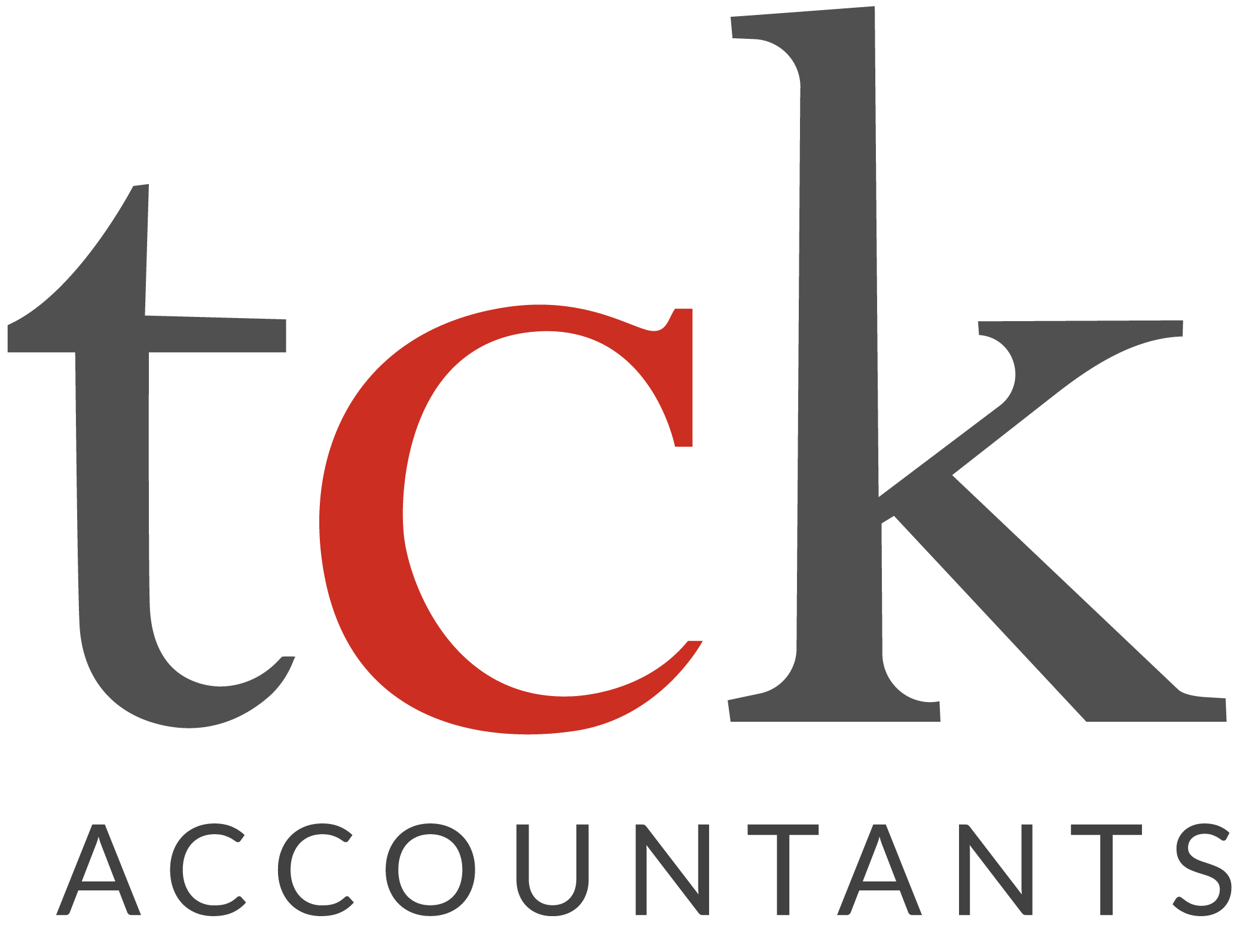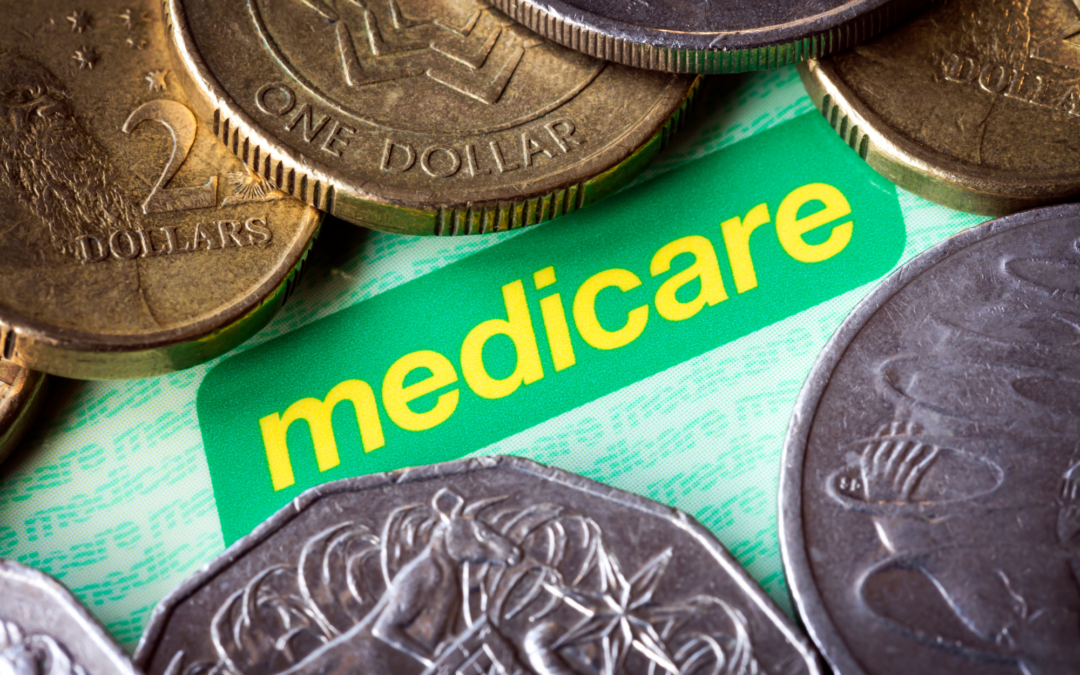Medicare Levy
Did you know that most taxpayers pay an additional 2% levy on their tax return? This is the Medicare Levy. The Medicare Levy was introduced to help cover to the costs of the public health services provided by Medicare. As all Australian citizens are able to make use of the Medicare system the cost is shared across taxpayers.
The 2% levy is a flat rate applied against your taxable income and is included when calculating your tax payable within your tax return.
There are some exemptions/reductions from the Medicare Levy for low-income earners. The exemptions factor in household income so will look at whether you are a single or have a spouse. In 2019–20, you did not have to pay the Medicare levy if you are single and your taxable income is equal to or less than $22,801 ($36,056 for seniors and pensioners entitled to the seniors and pensioners tax offset).
You will pay only part of the Medicare levy if you are single and your taxable income is between $22,801 and $28,501 ($36,056 and $45,069 for seniors and pensioners entitled to the seniors and pensioners tax offset).
For 2019–20, your Medicare levy is reduced if your family taxable income is equal to or less than $48,092 ($62,738 if you are entitled to the seniors and pensioners tax offset) plus $4,416 for each dependent child you have.
There are also exemptions available for certain VISA types and temporary residents who are not able to access the services provided by Medicare.
Medicare Levy Surcharge
In addition to the Medicare Levy, there is also a Medicare Levy Surcharge (MLS) which is paid by higher income earners who do not have appropriate health insurance. The MLS is designed to encourage higher income earners to take out private health insurance which assists in relieving the load on the public health system.
The MLS is a rate of 1%, 1.25% or 1.5% and is levied on:
- your taxable income
- total reportable fringe benefits, and
- any amount on which family trust distribution tax has been paid.
If you have to pay the MLS, it is in addition to the Medicare levy – ie. It is an additional tax you will need to pay.
You will need to pay the MLS if your income exceeds the following thresholds:
- $90,000 for singles
- $180,000 for families.
However, if you had a spouse for the full year, you do not have to pay the MLS if:
- your family income exceeds the threshold, but
- your own income for MLS purposes was $22,801 or less.
If you had a new spouse, or you separated from your spouse, during the year the MLS is calculated considering the number of days you had a spouse and the number you were single.
Private Health Insurance Rebate
The Private Health Insurance Rebate is an amount the government contributes towards the cost of health insurance. For most people the rebate is paid directly to the health insurance fund and therefore reduces your premium payable. The rebate is means tested and there are 4 levels of rebate available depending on your age and family income.
The below table details the rebate level for 2020-21 if the oldest person covered under the policy is under 65:
| Income for surcharge purposes | Rebate for 1 July 2020 – 31 March 2021 | Rebate for 1 April 2021 – 30 June 2021 |
| $90,000 or less for a single person | 29.236% | 28.710% |
| $90,001 – $105,000 for a single person | 20.883% | 20.507% |
| $105,001 – $140,000 for a single person | 12.529% | 12.303% |
| $140,001 or more for a single person | Not eligible | Not eligible |
| $180,000 or less for a family | 29.236% | 28.710% |
| $180,001 – $210,000 for a family | 20.883% | 20.507% |
| $210,001 – $280,000 for a family | 12.529% | 12.303% |
| $280,001 or more for a family | Not eligible | Not eligible |
Note: The family income threshold is increased by $1,500 for each Medicare levy surcharge dependent child after the first child.
As mentioned earlier, the rebate is paid directly to the health insurance funds. The amount claimed by your fund is based on the taxable income information you have provided to your health insurance fund. The rebate is then trued-up as part of your tax return. If the rebate you have received was too high you will be required to repay this as part of your tax return, or if too low you will receive a refund.
One of the common reasons why clients are required to pay tax after lodging their tax return is because the private health insurance rebate, they received was too high based on their income level. This can be fixed by speaking to your health insurance fund and providing them with updated information. It will of course also mean you will be required to pay a higher premium for your health insurance.

